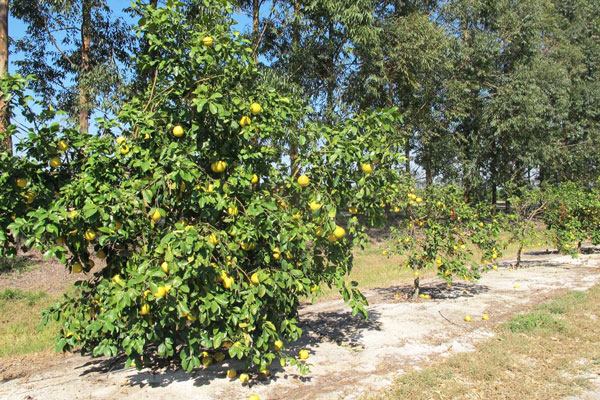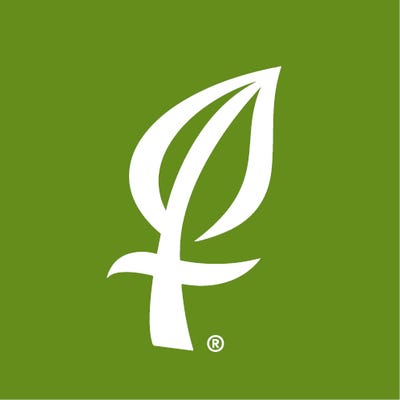January 26, 2017

USDA National Institute of Food and Agriculture Jan. 19 announced four grants totaling $13.6 million to combat citrus greening disease. The agency has awarded $400 million to fight the disease since 2009.
The funding is through NIFA's Specialty Crop Research Initiative Citrus Disease Research and Extension Program, authorized by the 2014 Farm Bill.
"The economic impact of citrus greening disease is measured in the billions," said NIFA Director Sonny Ramaswamy. "NIFA investments in research are critical measures to help the citrus industry survive and thrive, and to encourage growers to replant with confidence."
Citrus Greening, aka Huanglongbing, is now the most devastating citrus disease worldwide. HLB was first detected in Florida in 2005 and has since affected all of Florida's citrus-producing areas leading to a 75 percent decline in Florida's $9 billion citrus industry. Fifteen U.S. States or territories are under full or partial quarantine due to the presence of the Asian citrus psyllid (ACP), a vector for HLB.
Since 2009, USDA has invested more than $400 million to address citrus greening, including more than $57 million through the Citrus Disease Research and Extension Program since 2014. Awards for grant applications submitted in FY 2016 include:
Clemson University awarded $4,274,523 for researchers to use naturally HLB-resistant citrus trees to develop new resistant varieties using the CRISPR-Cas9 genome editing tool.
Regents of the University of California awarded $5,112,000 to design and identify HLB bactericides based on both natural and nanotechnology approaches.
Iowa State University awarded 2,476,099 to investigate the use of sustainable, naturally occurring soil bacteria to control ACP.
USDA-ARS in Athens, Ga., awarded $1,821,197 to identify and assess the effectiveness and economic viability of chemotherapy treatment options.
Among past projects, the University of Florida developed bactericides to help recover fruit production in HLB-affected orchards. Research at the University of California used virulence proteins to develop strategies for creating citrus rootstocks that are immune to HLB.
About the Author(s)
You May Also Like






